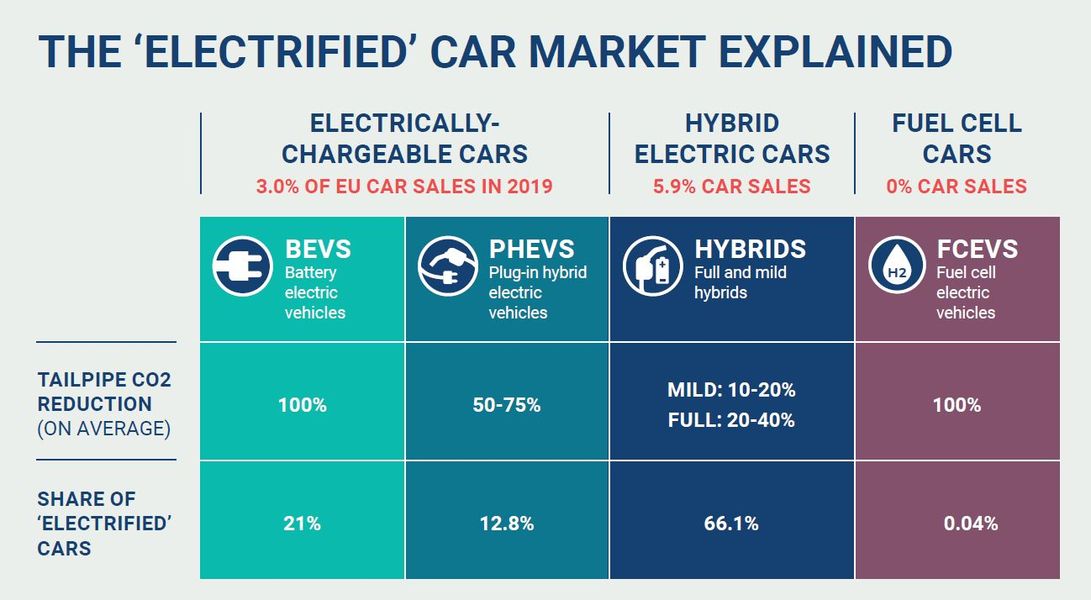
[ad_1]
A report from the European Automobile Manufacturers Association shows that there are 200,000 electric car charging points in the EU, but three quarters of them are located in just four countries: the Netherlands, Germany, France and the UK. Cyprus has only 38 points, Greece only 61 and Bulgaria 135. In Romania there were 344 points, of which 211 are normal and 133 for fast loading.
Of the EU’s 200,000 charging points, only one in seven is for fast charging. The report notes that the number of places you can charge your car has increased sixfold since 2014, but then the level was extremely low. By 2030, there should be 2.8 million outlets for really good coverage, but the goal is by no means modest (14 times more than now).
Last year, 284,000 pure electric cars were sold in the EU, double the amount in 2018 and huge compared to 2014, when there were only 32,000. However, the 100% electric car market share remains small (1.9% of the total market at the end of 2019, compared to 0.3% in 2014). It should be noted that electric cars continued to grow steadily during the pandemic in 2020, even though the total car market in the EU is 30% below the 2019 level.
The so-called plug-in hybrids, which also have a heat engine, but also batteries (the smaller ones of the purely electric models) can also be charged at the socket. 174,000 plug-in hybrid sockets were sold in the EU last year.
The ACEA report also shows that the degree of adoption of electric cars depends on the gross domestic product per capita, which makes sense because in low-income countries, people can afford cheaper cars on average.
All countries where the share of plug-in electric cars is less than 1% have a gross GDP of less than € 30,000 and more than 8 out of 10 electric cars are sold in the six largest EU markets.
Government subsidies are extremely important, because only with them can more electric cars of this type be sold, which, without financial aid, would be unattractive for customers due to the high price and low range.
20 EU countries offer grants and in Romania the maximum possible is € 11,500, in Croatia € 9,200, in Germany € 9,000 and in Poland € 8,350. These amounts were valid at the end of 2019 and in several countries the subsidy also has a maximum level depending on the price of the car, so for the cheaper models the maximum subsidy does not apply.
.
[ad_2]
Source link